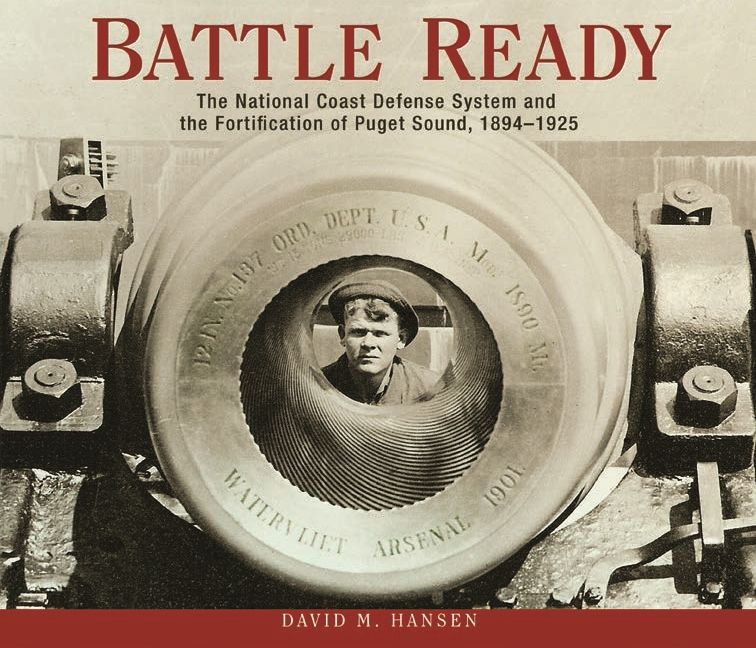Description
Altered landscapes and an array of concrete structures—remnants of Puget Sound fortifications—serve as silent reminders of a unique chapter in Pacific Northwest history. The ocean inlet’s wide entrance, deep waters, and recurrent fog left it vulnerable to attack. The waterway finally became part of the National Coast Defense System in 1894, when the value of real and personal property along its shores surpassed $160 million.
With the completion of construction on Point Wilson, Admiralty Head, and Marrowstone Point, the harbor became one of the most heavily guarded in the United States. Continued technical advances improved batteries, carriages, guns, communication, and fire control. Effective resistance also relied upon maintaining a sufficient number of highly trained enlisted men.
The removal of guns for use in World War I, as well as the redirection of specialized troops to field artillery units heralded the defense system’s demise. Eventually, armed forces abandoned permanent fortifications in favor of mobile artillery. None of Puget Sound’s five forts ever saw battle, but like many military installations, they were most valuable as a strong deterrent.
Battle Ready describes designs, innovations, frustrations over implementation plans, and the experience of serving in the fortifications during their period of greatest importance. The extensively researched volume summarizes the fascinating saga of Washington State’s seacoast defense, presenting the broad story in both a national and local context.
Photographs / notes / bibliography / index / 208 pages (2014)









